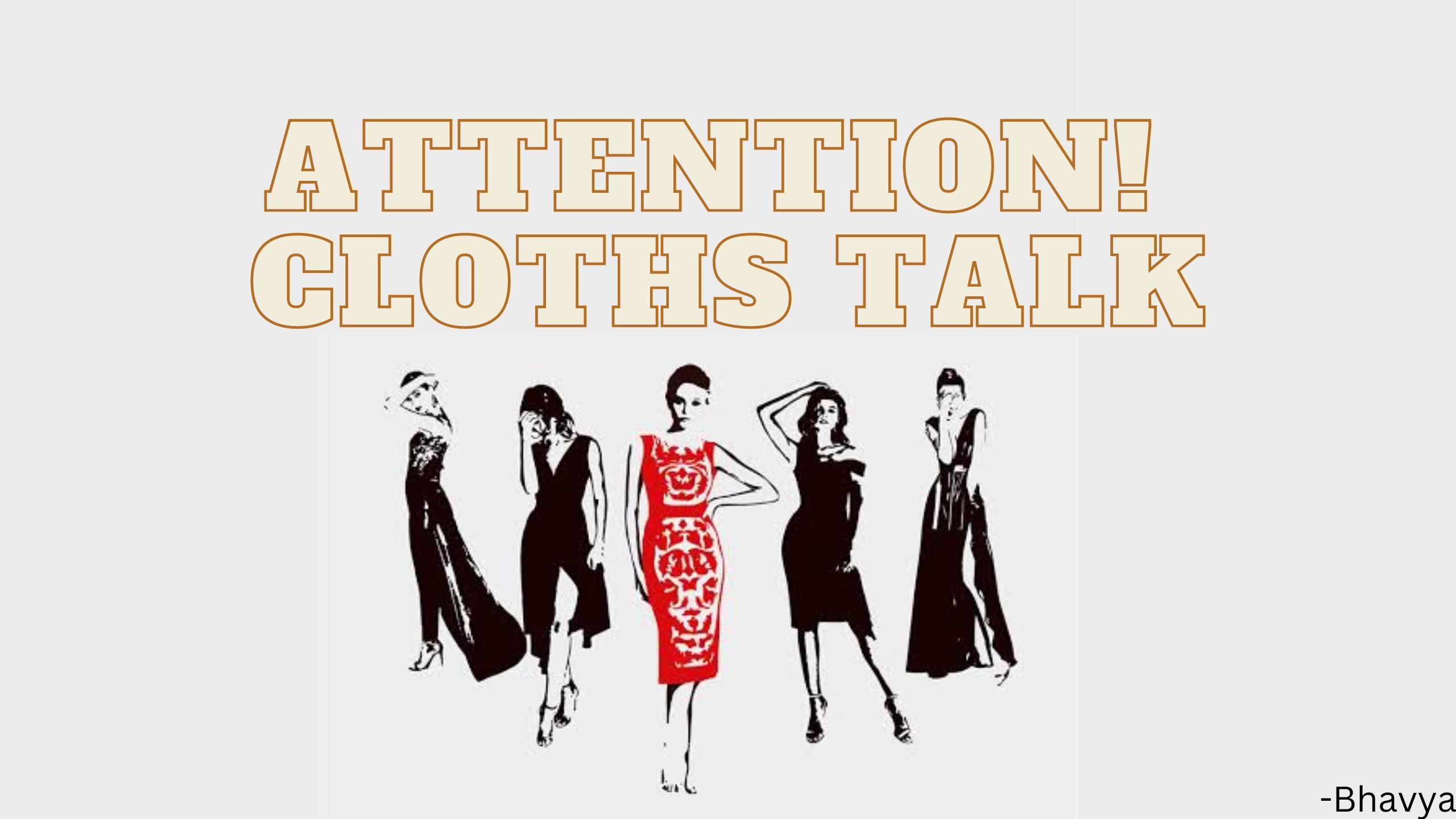What speaks about us before we open our mouths? Yes, it’s our clothes. What we wear says a lot about us. What we wear can demonstrate our culture, mood, financial background, level of confidence, interests, age, authority, values, sexual identity , what we represent, and what we want to convey and we communicate all these without even opening our mouths.
Most people disregard the repercussions and consequences of dressing very poorly. They don’t consider how clothing style might send a negative message to others. They think, “Hey, I’m having a not-so-good day,” or “who really cares what I wear and what I don’t?” This acute lack of self-care is keeping your abilities, talents, and gifts from shining through to others. The truth is that by dressing like you don’t care, you’re hiding behind a façade that screams to others. Likewise what you wear also sends a message, like, a tight dress with a low-cut neckline might appear attractive but not convey the right message for a serious public speaking event. Appropriate dress changes based on the occasion and has changed over history.
Did you know that clothing is an element of body language or non-verbal clues? Our dressing sense communicates a lot about our personality and attitude and often is a huge element of someone’s first impression of us. You also create an environment with your physical body that is not in alignment with the fast pace of your work. This leads you to feel out of sync with the pace, and you could feel like you are falling behind.
Think about how you dress for a fancy-dress party – clothes alone can communicate the sort of character you are playing. This translates into everyday life as well. Not only that certain professionals also will dress in, whether it’s a doctor will be in a white coat a sports coach in a tracksuit, or a chef in a chef’s jacket. Why these dress codes are required? Because it eliminates the “anything goes” attitude.
Different Outfits speak about Different Occasions:
Casual Clothing:
When you’re going out with friends or headed off on a first date, it’s important that you have some well-made casual clothing to wear. – polo T-shirts, jeans, and trainers: all are allowed under a casual dress code. The key principle is that you should only wear clean clothing without any ragged or visibly damaged areas. Well-combed hair and a watch can do magic. Flip-flops, shorts, or baggy clothing such as sweatpants or hoodies are not entirely welcome. Overly tight cuts are a recipe for discomfort, which is why ‘casual wear’ covers loose fits.
Chill with Home clothing:
Life can be tiring, maintaining responsibility for work, families, and a vibrant social life requires a lot of hard work and effort. It’s important for you to maintain mental and physical well-being to set aside days to stay in and relax at home. While staying at home relaxing, you should wear cute and relaxing outfits. Lose kurta pajamas, leggings, and loose t-shirts are the good options
Wedding Clothing:
Generally speaking, what you wear to a wedding depends on the invitation’s dress code. For weddings that require formal attire, for instance, you can wear a floor-length lehenga, gown, or an A-line dress. Do not wear formal office wear, western wear, or casual wear to a wedding ceremony. Men can wear kurtas, sherwani, ethenic wear while women can wear sari, lehenga or any ethnic wear.
Business Formal Clothing:
A business formal dress code enhances the professional image of your workplace environment and your personal brand. Clothing should be crisp, neat, well ironed, and never wrinkled, to project a professional, “business formal” image. Torn, dirty, unfit, and unmatched clothing is a big no no. Men should wear a button-up collared shirt, paired with a tie and pants. Refrain from wearing bold and bright colours or patterns in dress shirts; white, beige or light blue are “safe” colours for collared shirts. Choose a tie with colours and tones that match your suit and dress shirt; bolder colours and patterns are acceptable for ties .Women should dress pant or skirt with matching jacket is considered western business formal for women. Depending on the season, jackets may be of ¾ length or short sleeve. A crop pant suit is also wearable, however the pant hem should hit mid-calf and this style is not recommended in an interview setting. Skirts should always sit at or just above the knee. A collared blouse or dress-material top is recommended, and should either be tucked in or fall just below your waistline. Salwar kameej and cotton well creezed sarees are also a very good option for business clothing.
Major part of all communication is non-verbal and usually in different forms. Non-verbal communication through clothing is surely what everybody sees about you and make a perception about you. Different clothing worn by different people suggests something unique to them but above all clothing portrays ones personality vividly.




 Each title in our collection is more than just a book - it’s a ‘green gift’, promoting mindful reading, sustainable values, and a culture of eco-conscious living. By gifting books, you open doors to new ideas, support lifelong learning, and nurture a more informed, compassionate, and environmentally aware individual.
Each title in our collection is more than just a book - it’s a ‘green gift’, promoting mindful reading, sustainable values, and a culture of eco-conscious living. By gifting books, you open doors to new ideas, support lifelong learning, and nurture a more informed, compassionate, and environmentally aware individual.